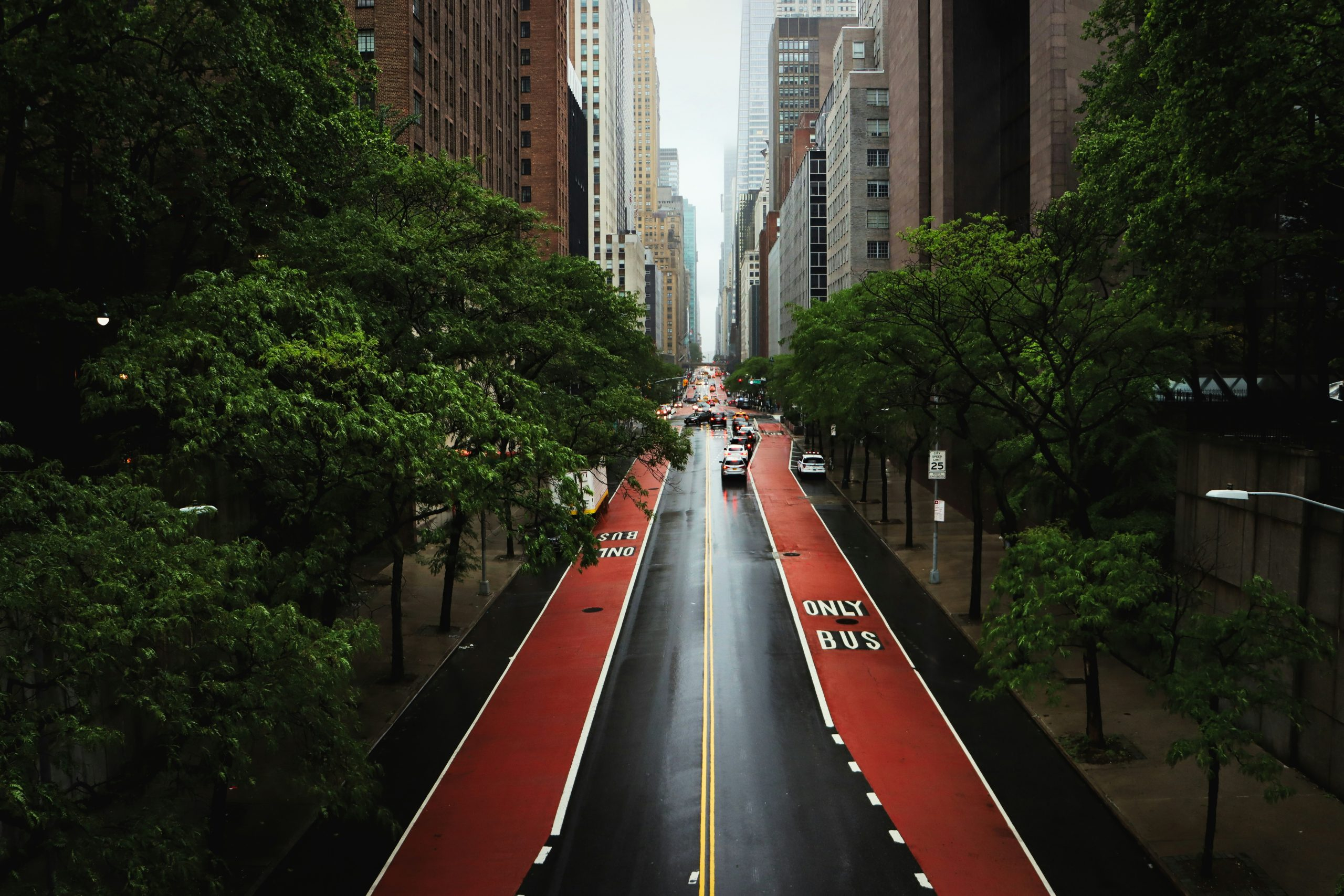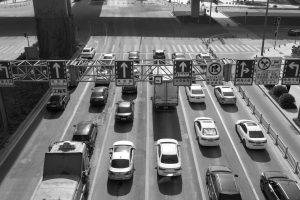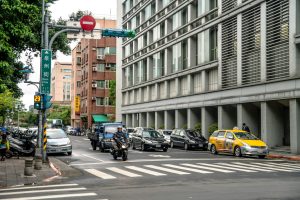Automobiles Changed Urban Landscapes Forever
Automobiles have been an integral part of urban landscapes for decades now. From bustling cities to quiet suburban towns, the presence of automobiles has completely transformed the way we live, work and commute. The advent of automobiles has had a massive impact on urban landscapes and has even shaped the way cities are designed and developed. In this article, we will delve into the ways in which automobiles have changed urban landscapes forever and the consequences of this transformation.
The Rise of Automobiles in Urban Areas
The introduction of automobiles in the late 19th century marked a significant shift in transportation. Prior to that, people largely relied on horse-drawn carriages or walking to get around. It wasn’t until the early 20th century that automobiles became more affordable and accessible to the general public. This led to a boom in car ownership and subsequently, the rise of automobiles in urban areas.
The convenience and speed offered by automobiles made them a popular choice for commuting and traveling. As more and more people started owning cars, urban landscapes began to change to accommodate the growing number of vehicles.
Urban Planning and Design
The rapid rise of automobiles in the early 20th century had a significant impact on urban planning and design. Urban planners had to consider the needs and demands of automobiles while designing cities and towns. Wider roads and highways, ample parking spaces, and traffic signals became a top priority in urban planning.
The wide roads and highways that we see in cities today are a result of accommodating the growing number of automobiles. These roads were designed to make traveling by car more convenient and efficient. However, this also led to the prioritization of vehicles over pedestrians, cyclists, and public transport, resulting in a car-dominated urban landscape.
Suburbanization
As more people started owning cars, the trend of suburbanization began to emerge. With the convenience of automobiles, people could now live further away from city centers and commute to work in their cars. This led to the development of suburban areas on the outskirts of cities, which were designed to accommodate cars with parking spaces and wider roads.
Suburbanization also led to the decline of city centers as people no longer had to live and work in the same area. This shift in population had a significant impact on urban landscapes, as it changed the dynamics of city planning and design.
The Effects of Automobiles on Urban Landscapes
Traffic Congestion and Air Pollution
One of the major consequences of the rise of automobiles in urban areas is the problem of traffic congestion and air pollution. As the number of cars on the road continues to increase, cities are facing severe traffic congestion, leading to longer commute times and increased air pollution.
According to a study by the World Health Organization, air pollution from vehicles kills around 4.2 million people every year. The increase in road traffic due to automobiles has been identified as a major contributor to this problem. This has led to the implementation of stricter emission standards and the promotion of electric and hybrid vehicles to reduce pollution levels in urban areas.
Urban Sprawl
The rise of automobiles has also contributed to the phenomenon of urban sprawl. As people started owning cars and could commute longer distances, cities expanded further outwards, resulting in low-density development. This trend has led to the loss of green spaces and the encroachment of natural habitats, causing environmental issues and disrupting the balance of urban ecosystems.
Social Isolation
The car-dominated urban landscape has also had an impact on social interactions. With an increased reliance on automobiles, people are less likely to walk or use public transport, resulting in fewer opportunities for chance encounters and interactions with others in public spaces. This has led to a decline in community cohesion and a feeling of isolation among city dwellers.
In Conclusion
Automobiles have undoubtedly changed urban landscapes forever. While they have brought convenience and speed to our everyday lives, they have also had significant consequences on our cities and the environment. As we continue to see advancements in technology and the development of sustainable transport options, it will be interesting to see how urban landscapes evolve and adapt to accommodate the ever-growing presence of automobiles.










